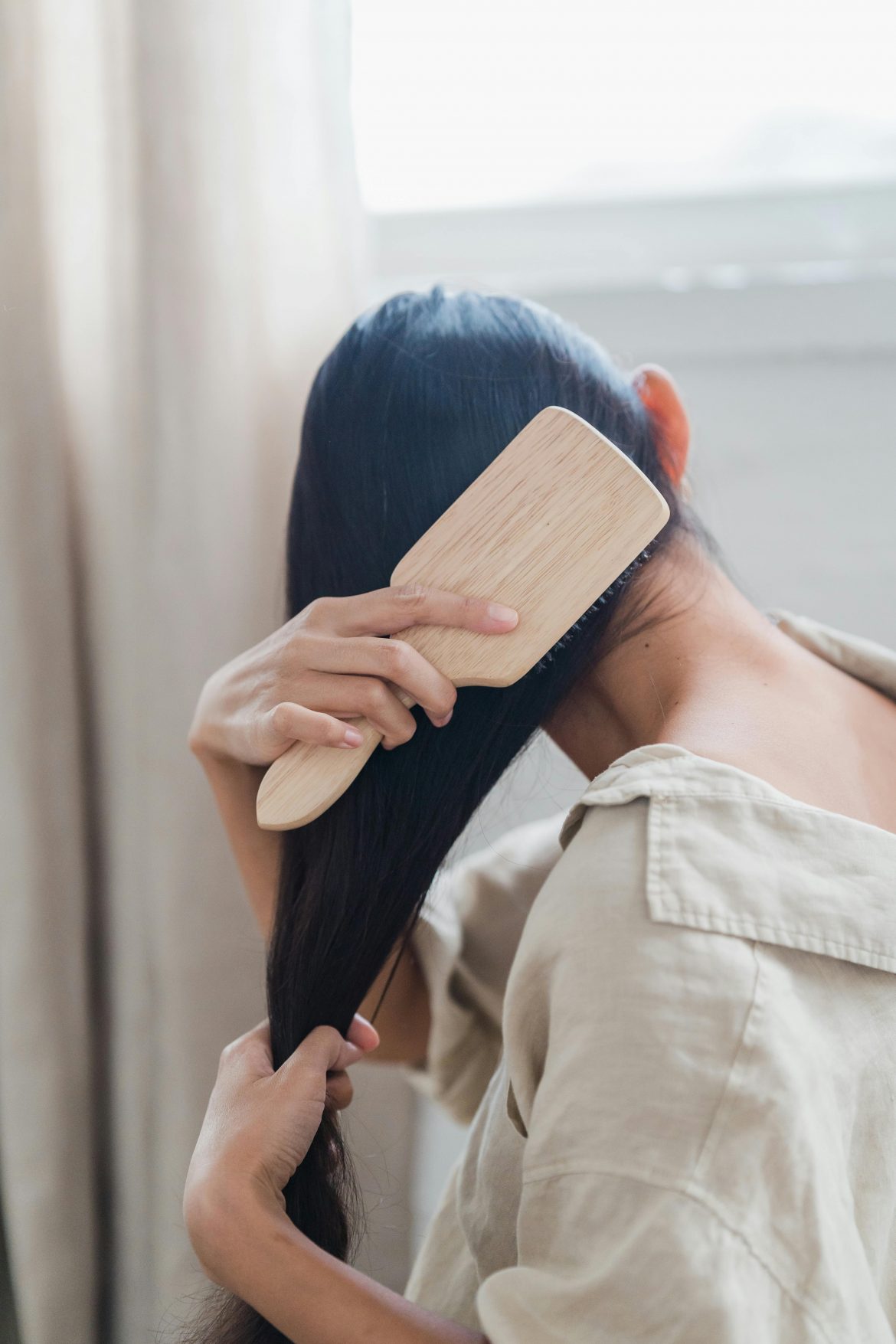Hair loss is a common concern for many, whether due to genetics, hormonal changes, or medical conditions. One of the most well-known treatments that has resurfaced is Minoxidil, a topical or oral solution widely used to promote hair growth and slow the hair loss process.
If you’re considering minoxidil, here’s a comprehensive guide to its benefits, drawbacks, and essential tips for beginners.
What is Minoxidil?
Minoxidil is an approved topical or oral treatment for hair loss. Originally developed as a blood pressure medication, researchers discovered its unexpected side effect—stimulating hair growth. Today, it’s a key ingredient in products like Minoxidil products are available in 2% and 5% concentrations.
ALSO SEE: Understanding your hair porosity and the haircare that goes with it.
The pros of using Minoxidil
Proven to promote hair growth
Minoxidil is clinically proven to stimulate hair regrowth, particularly in those with androgenetic alopecia (pattern baldness). Studies show that consistent use can lead to noticeable improvements within three to six months.
Easily accessible
Unlike prescription medications, minoxidil is available over the counter, making it accessible for those seeking hair loss solutions without a doctor’s visit.
Works for both men and women
Minoxidil is effective for both genders, though men typically use the 5% solution, while women are often recommended the 2% concentration to minimize side effects.
Simple to apply
Applying minoxidil is straightforward—typically twice daily for liquid solutions or once daily for foams. It easily fits into a daily hair care routine.
Pro tip: A foam solution is easier to apply and work with.
The cons of using Minoxidil
The shedding phase
Many users experience increased hair shedding during the first few weeks of use. This is a normal part of the process, as weak hairs fall out to make way for stronger growth.
Requires long-term commitment
Minoxidil is not a quick fix. It must be used consistently, and stopping treatment often results in hair loss resuming within a few months.
Potential side effects
Some users experience scalp irritation, dryness, redness, or itching. In rare cases, minoxidil can cause unwanted facial hair growth if it comes into contact with other areas of the skin.
Results may vary
Not everyone responds to minoxidil. While many see improvements, some may not experience significant hair regrowth, particularly if hair loss is advanced.
Tips for starting Minoxidil
Be patient and consistent – Results take time—typically three to six months—so consistency is key. Stick to your routine and avoid skipping applications.
Apply correctly – Use only the recommended amount to avoid excessive residue. Ensure the product reaches the scalp rather than sitting on the hair.
Expect initial shedding – Don’t panic if you notice increased shedding at first. This is temporary and a sign that minoxidil is working.
Avoid washing hair immediately after application – Give the product time to absorb (at least 4 hours) before washing your hair to ensure maximum effectiveness.
Protect your skin – Be mindful of accidental contact with other areas, as minoxidil can promote hair growth where it’s applied. Wash your hands after use.
Pro tip: Minoxidil tends to stain linen so be careful and consider laying a towel down on your pillow
Consider combining with other treatments – For enhanced results, some users combine minoxidil with other treatments like biotin supplements, derma rolling, or prescription medications like finasteride (for men).
Consult a dermatologist – If you experience severe irritation or have concerns about hair loss causes, consult a dermatologist for personalized advice and treatment options.
Minoxidil is a widely used and effective treatment for hair loss, but it requires patience and consistency. While it has its drawbacks, many find it a worthwhile investment in maintaining and regrowing hair. If you’re just starting, manage your expectations, follow best practices, and give your hair time to respond.
ALSO SEE:
Everything you should know about light therapy for hair loss
Featured Image: Pexels

